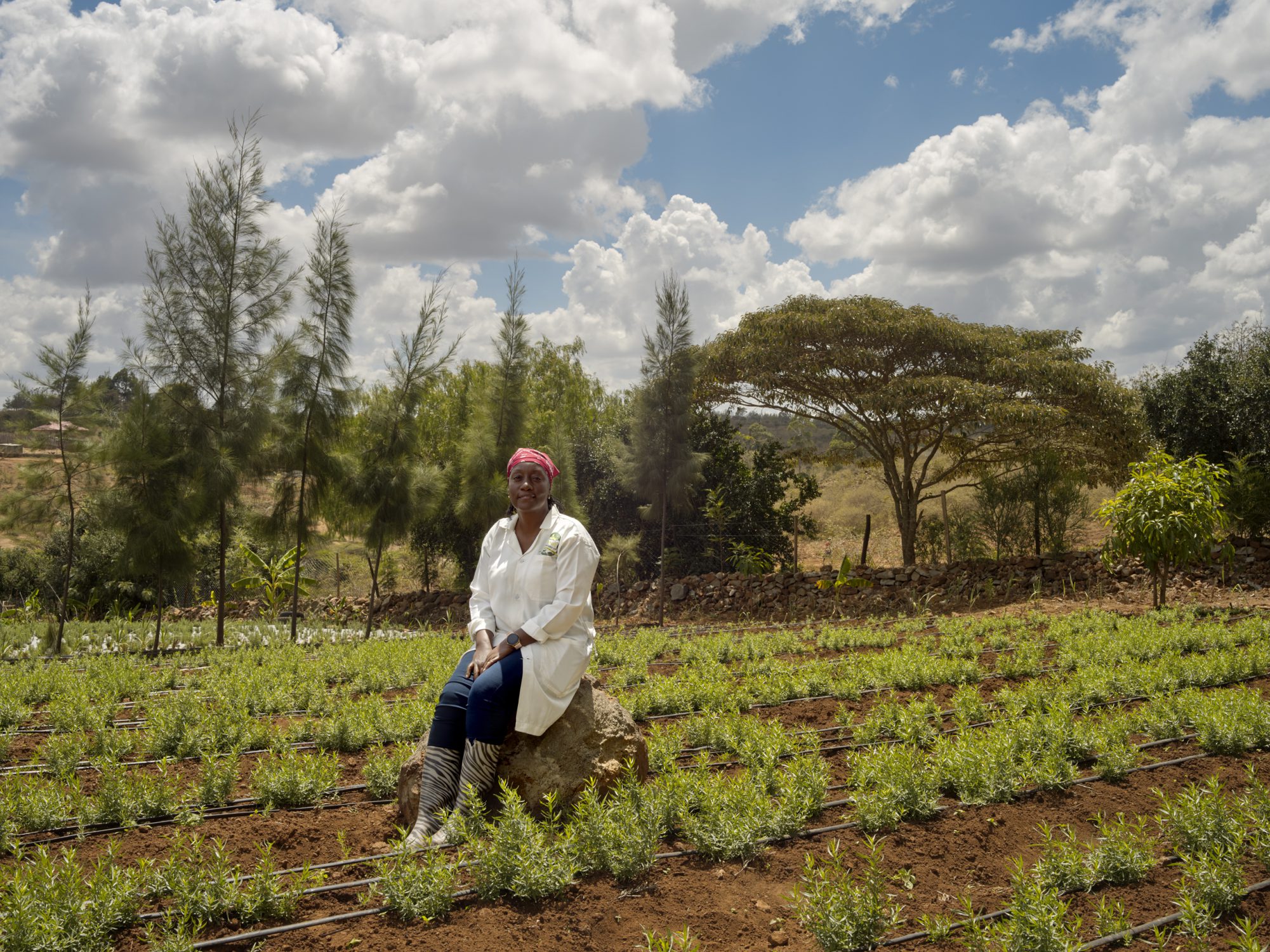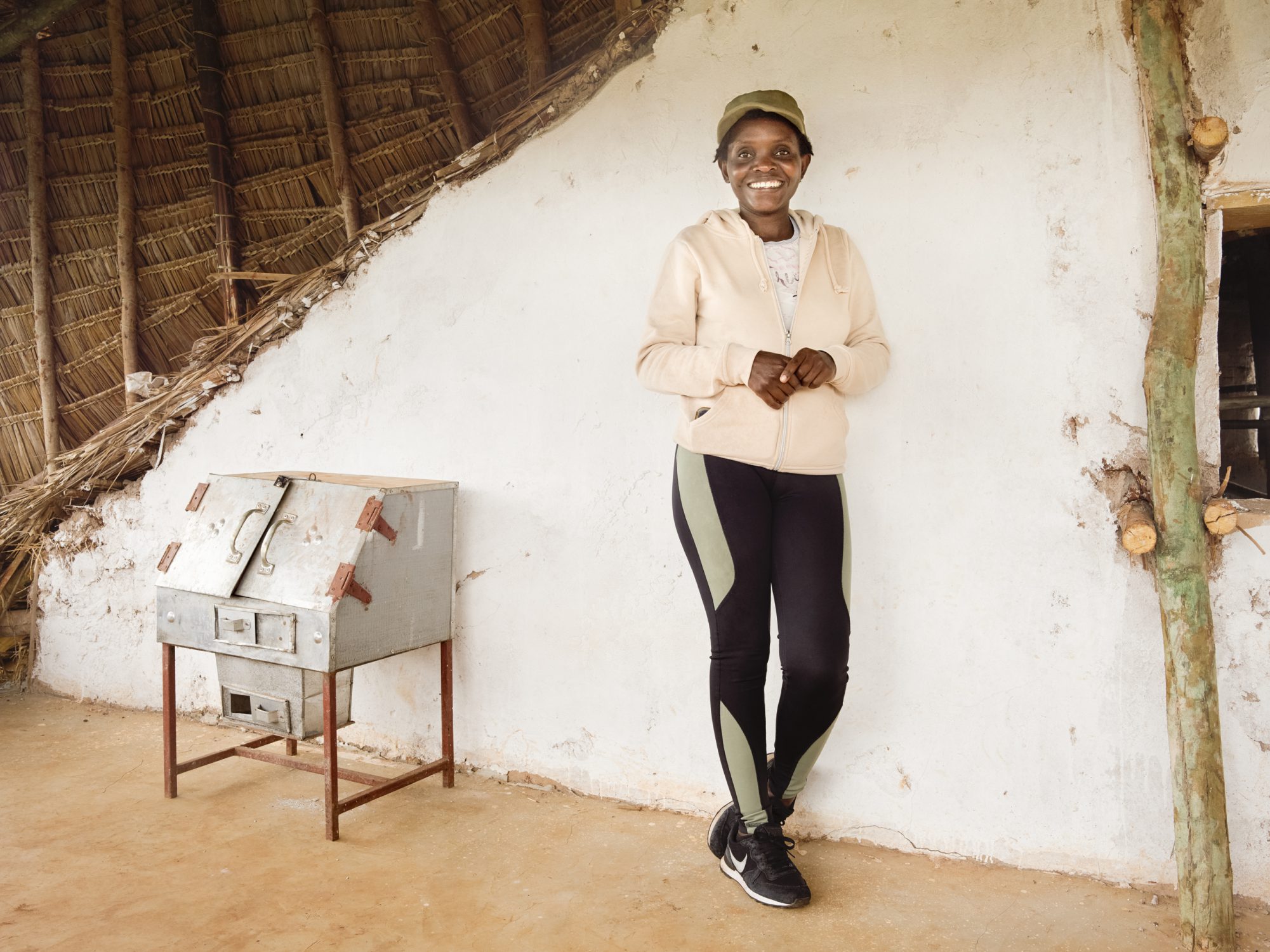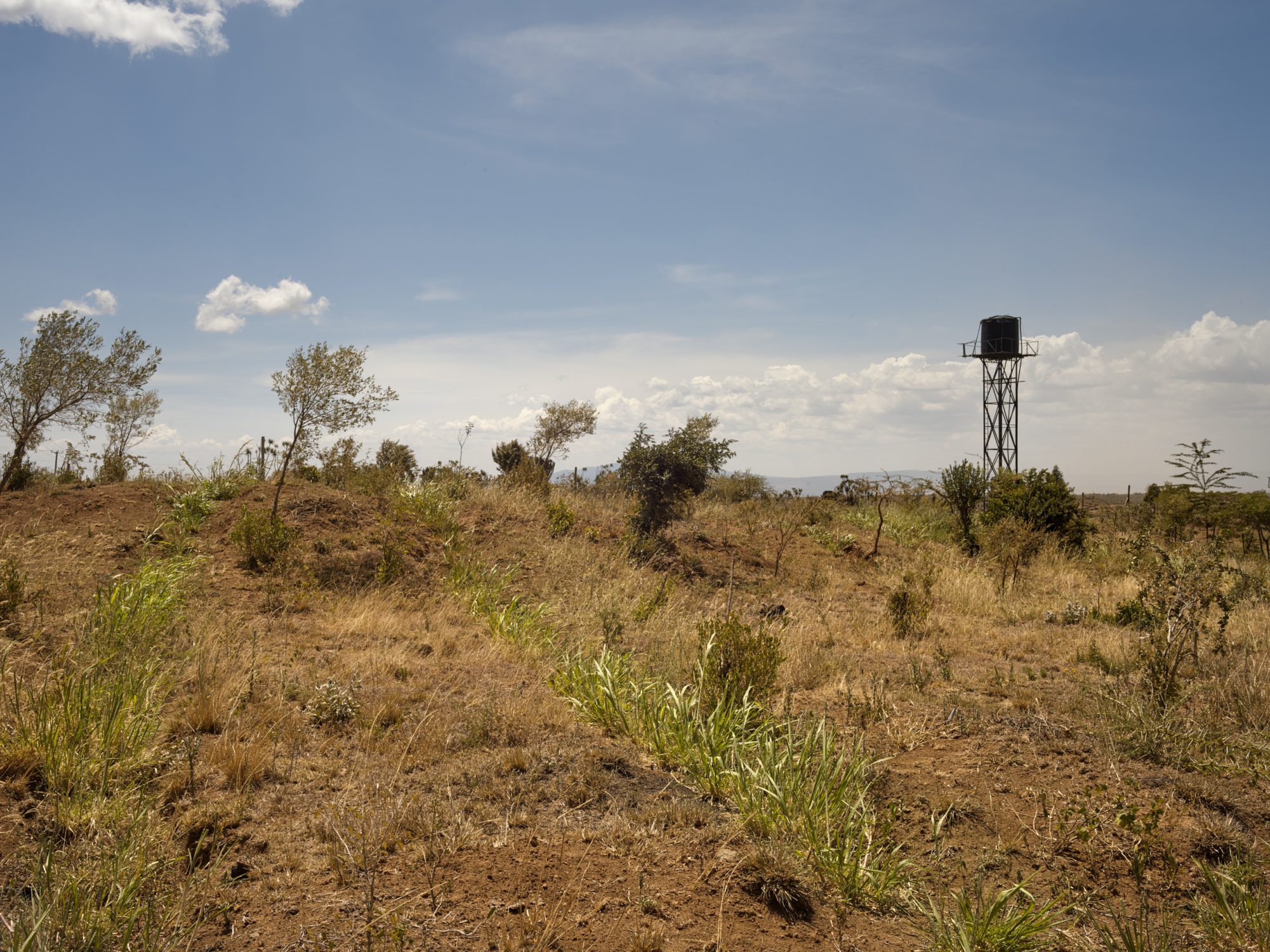
We’re visiting Sylvia Kuria, a young and combative grower of organic vegetables on two pieces of land, both of which are in a semi-arid part of the Rift Valley. We came into contact with Sylvia through LinkedIn, where she regularly makes her ‘Call for action’. She asks people to pay attention to the problems of the farmers in this area, who are 90% dependent on rainwater. And for four seasons, in other words for the second year, no rain has fallen.
“This is the current state of farms in my village in Ndeiya. We haven’t had sufficient rain for four seasons (two years). We are in a semi-arid area, and food security is under real threat not just in my village but in the 50% of Kenya that lies on arid and semi-arid land. ‘One thing I have noticed, though, is that most development partners will set up their projects and interventions in the highlands and in highly productive areas, to ensure wonderful outcomes, great outputs and a positive impact for hundreds of farmers.”
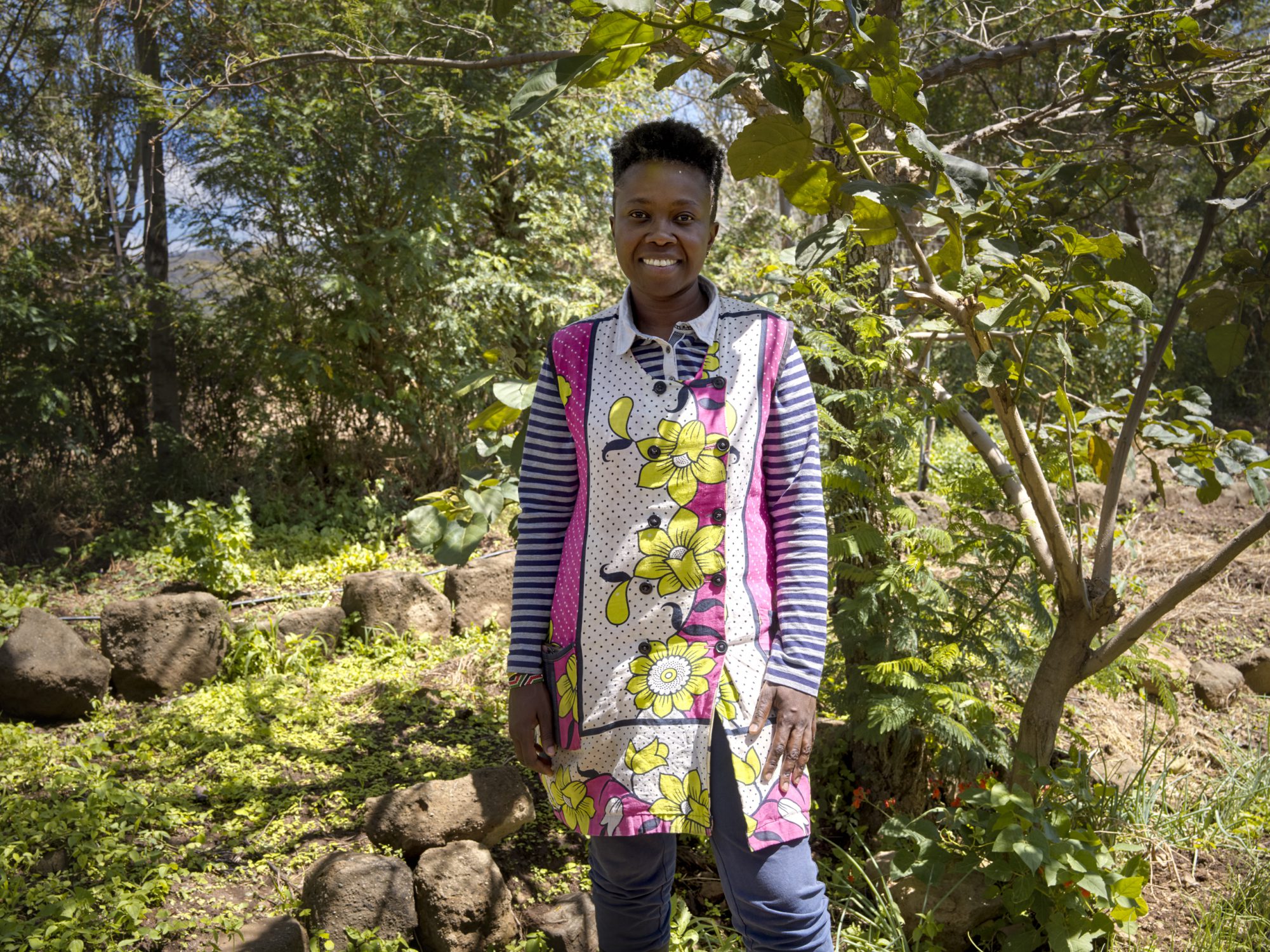
"The truth is, you cannot eat all the pineapples from your plantation, and neither will you have a feast in a wheat field. What will feed you is diversity."
Sylvia Kuria
Organic farmer
“I’ve been a small-scale organic farmer for a couple of years now. When I started off I was told small-scale farming would get me nowhere. To an extent, that is true. You need large parcels of land to have successful mono-cropping, but what is truly sustainable farming?”
‘The truth is, you cannot eat all the pineapples from your plantation, and neither will you have a feast in a wheat field. What will feed you is diversity. What will feed the world is small-scale farmers planting diverse crops for the market. I’m passionate about supporting local, small-scale farmers to grow safe food and so play my part in creating a healthy Africa!
I’m also developing as a trainer in the organic arena, and I’m excited to see many small-scale farmers converting to more sustainable farming systems. ‘My vision is for the African continent to train and support as many farmers as possible, so that we can enjoy the best of our resources and leave a lasting legacy for our children.’
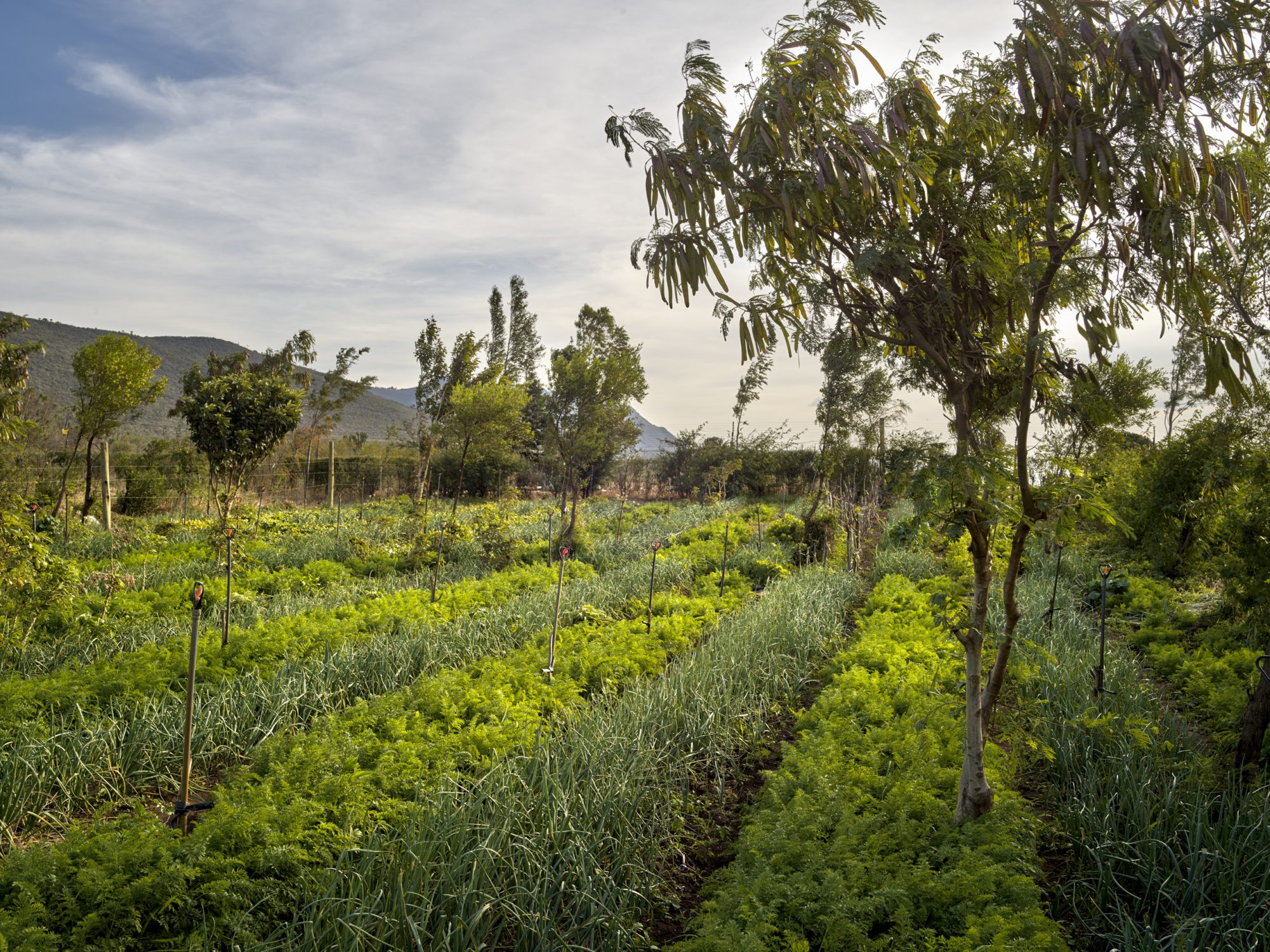
Let the desert bloom
Sylvia Kuria’s story began in her back garden, where she grew organic vegetables for her family. She was soon producing more than they needed. Nothing was more satisfying to Sylvia than giving her vegetables away to neighbours, friends and family. The idea for ‘Sylvia Baskets’ was born. She bought two parcels of land an hour outside Nairobi, both in a ‘very arid area’ and less than thirty minutes apart. This piece of land is blessed with a well and Sylvia has transformed it into a real food paradise.
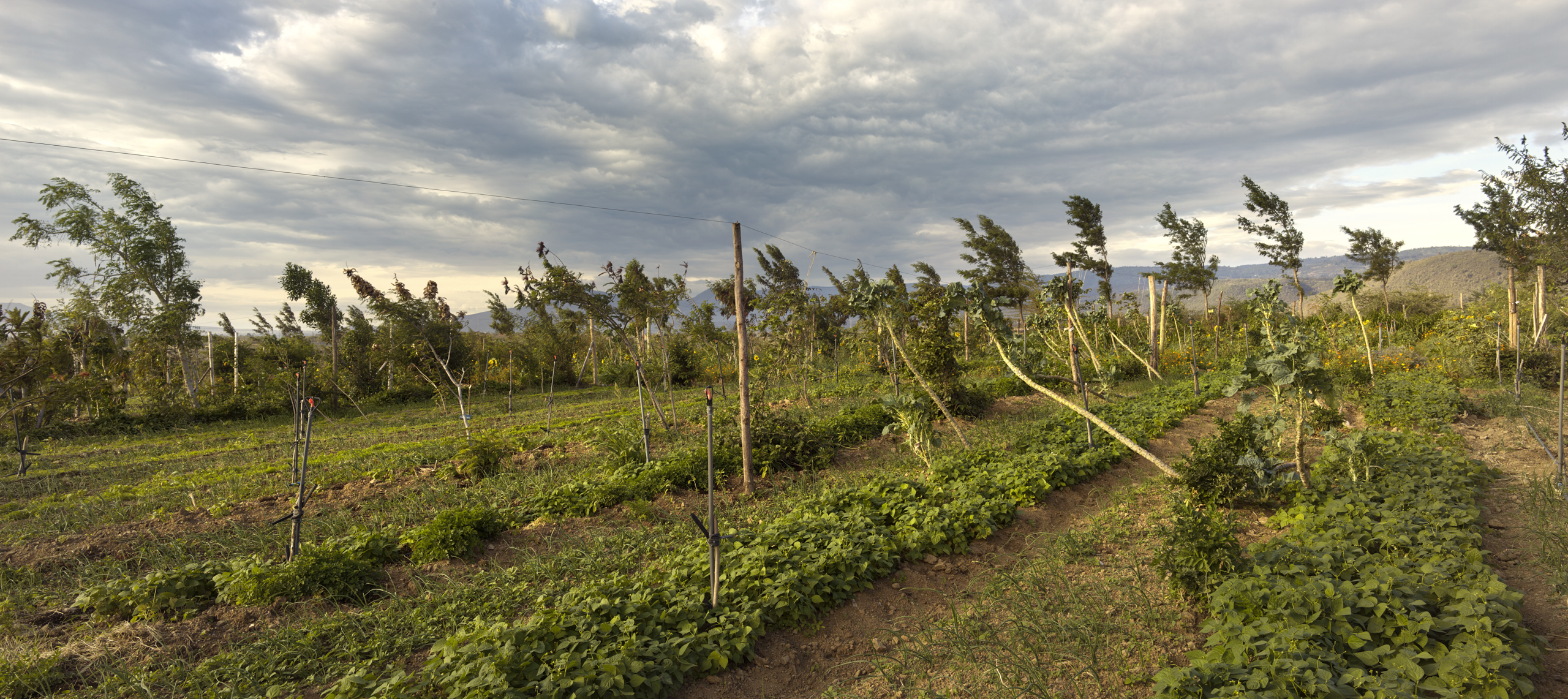
"Once farming communities start meeting their nutritional needs all year round, we will have solved a huge chunk of the global food insecurity pandemic."
Sylvia guides us around the farm. There’s a stormy wind and the sky looks threatening, but there’s no rain. It’s hard to take in the fact that Sylvia, with just a few staff, has managed to transform this bit of desert into a productive piece of land where vegetables and fruit can be harvested season after season. To achieve that, more is needed than just knowledge and expertise, and the water source with which she is blessed. It’s above all Sylvia’s determination that has made it possible.
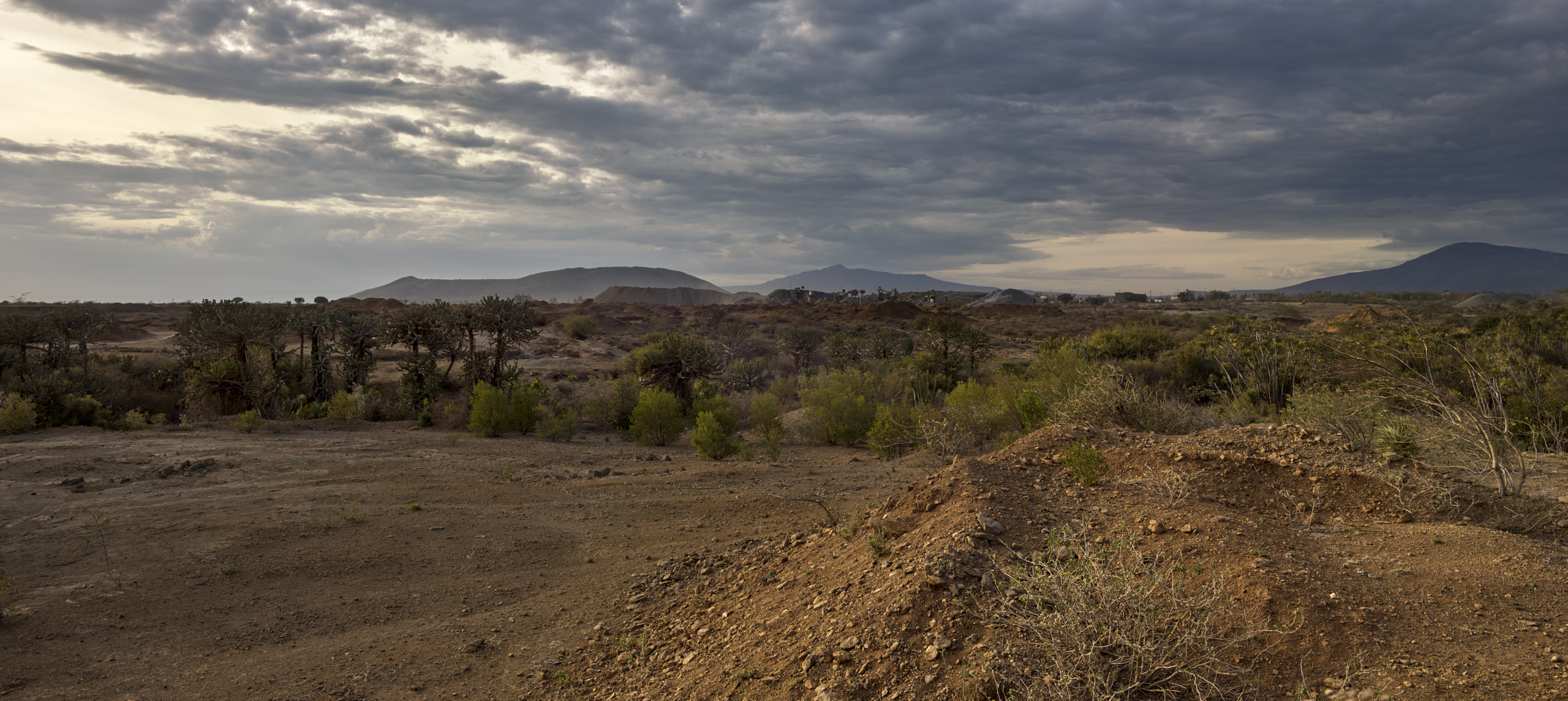
Where Sylvia harvests vegetables, the neighbours dig stones.
Sylvia has erected a strong barbed-wire fence around her land, to keep the wild animals and food thieves away. When I look out over the fence at the end of Sylvia’s vegetable plot, it’s clear that Sylvia’s land is the only green oasis in a desert landscape. The only other activity is that of her neighbours: a stone quarry.
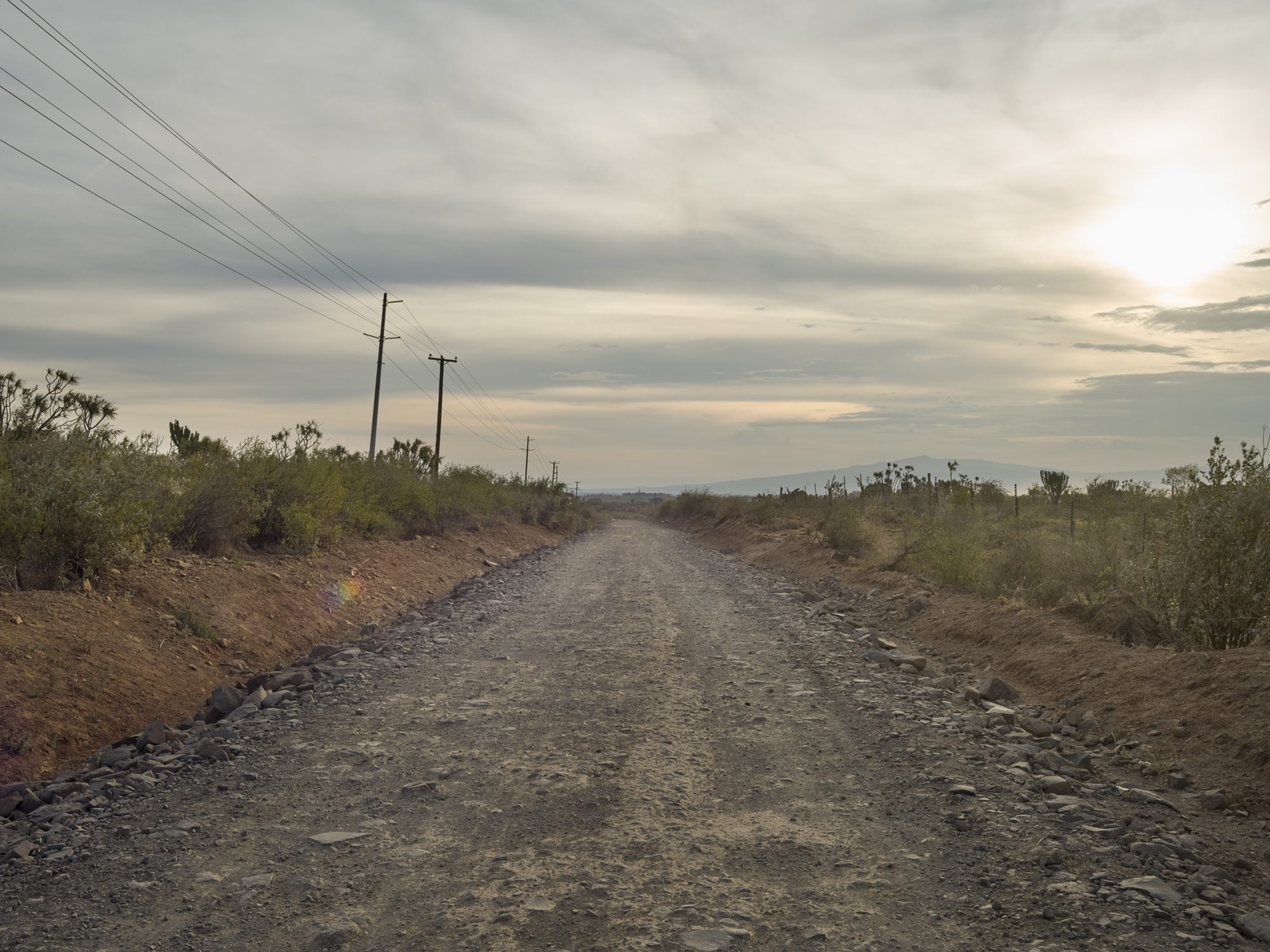
A brave woman
We find Sylvia a brave woman. You need courage to take on the desert, the government and all the sceptics around you. This is the road to her fertile land. What does her piece of dry land less than half an hour from here look like? The following afternoon we drive behind Sylvia to her land in an area where farmers have sown their crops for the fifth time without a harvest, in the fifth season without any rain.
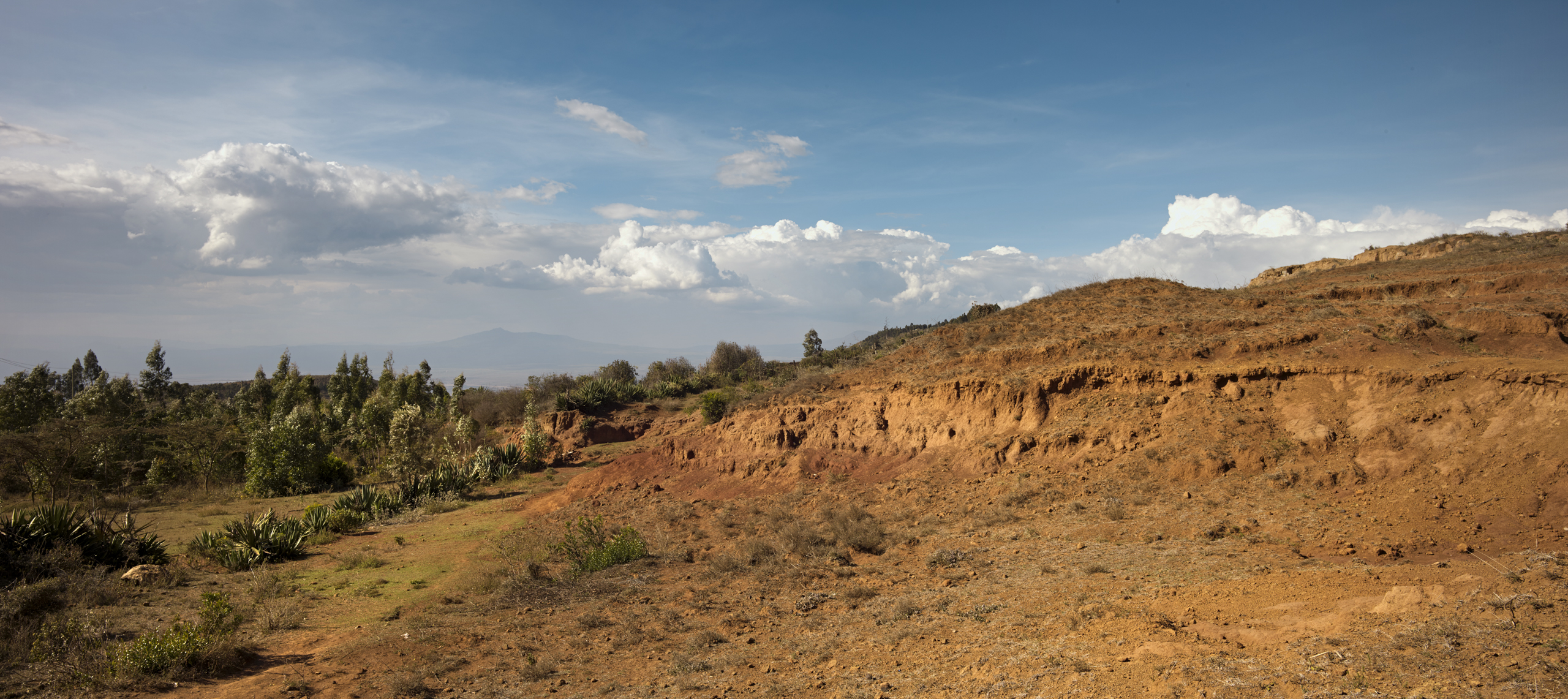
A call for all of us to find solutions, to change the food system.
In these areas you find that problems of food insecurity are acute, and farmers are really struggling to grow their own food. They’re struggling to ensure that they can actually make an income out of the work they’re doing. You need to remember that 60% of the population here in Kenya is directly dependent on the agricultural value chain.
So if 60% percent of Kenyans depend on agriculture and 70% of those people are on semi-arid and arid land, then this is a call for all of us to find solutions, to change the food system.
‘One of the things I can see that would work really well for me is access to scientists. If I was actually able to bridge the gap between science and practice, I would be way ahead. I’m very lucky, because I’m educated and I have access to the internet, so I’m able to read research.’
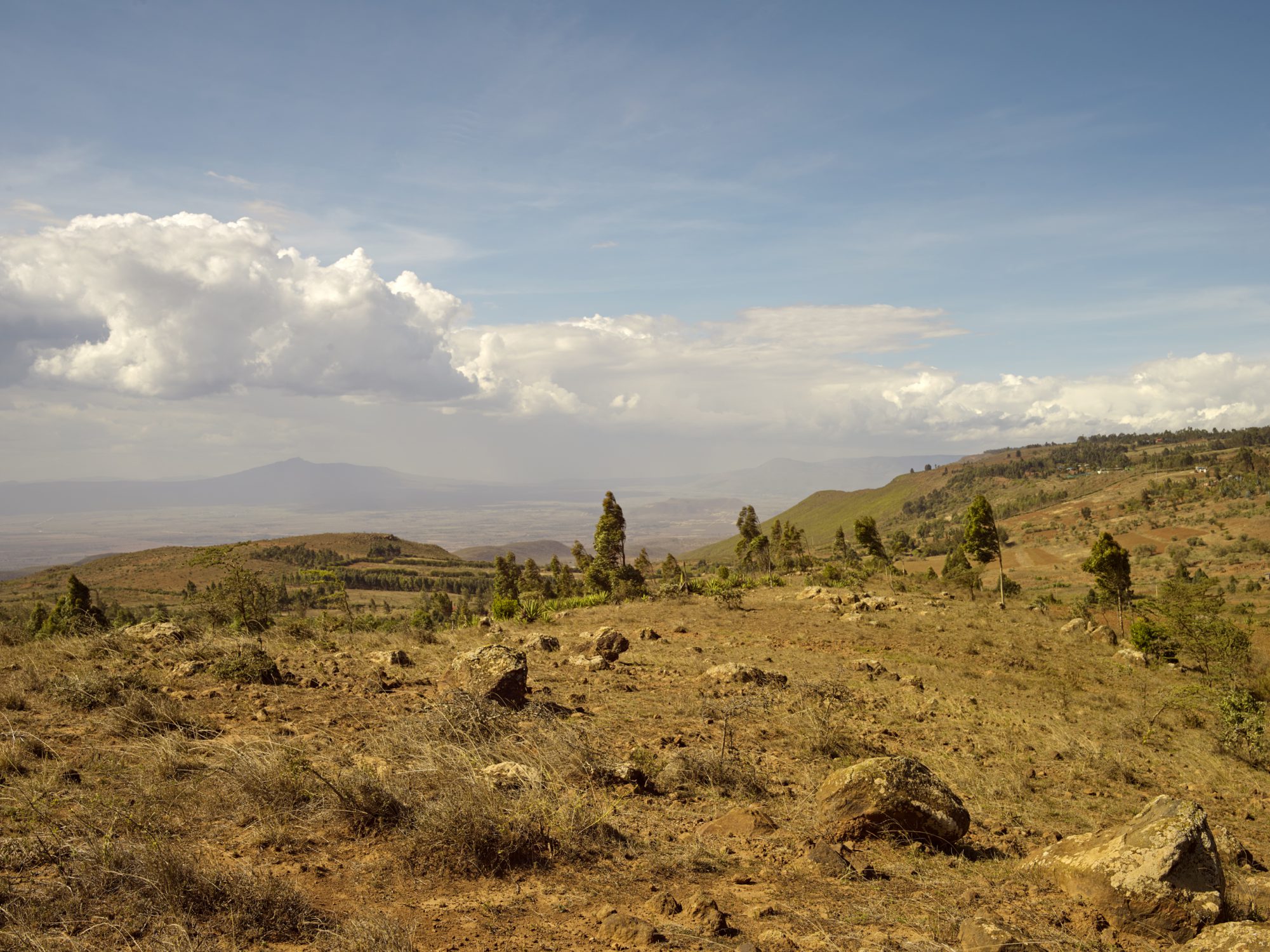
"Rain-fed agriculture is not sustainable. The problems of climate change are here, and they'll be here for a very long time."
So how do we bridge the gap?
‘I believe we need to work with farmers, to start with the farmers, to do farmer-led studies, so that the farmers are the ones who are informing the research. It’s the farmers who have the land, and they need to be able to work with scientists to find opportunities. We have to bring scientific knowledge together with indigenous knowledge.’
‘If we bring together indigenous and scientific knowledge, we’ll be able to see how we can actually change the system, rather than continuing to depend on rain-fed agriculture, which is not sustainable. The problems of climate change are here, and they’ll be here for a very long time. But if you and I can think about how to bring science closer to the farmers and farmers closer to science, I think we’ll be able to combat most of the issues that so many farmers are dealing with.’
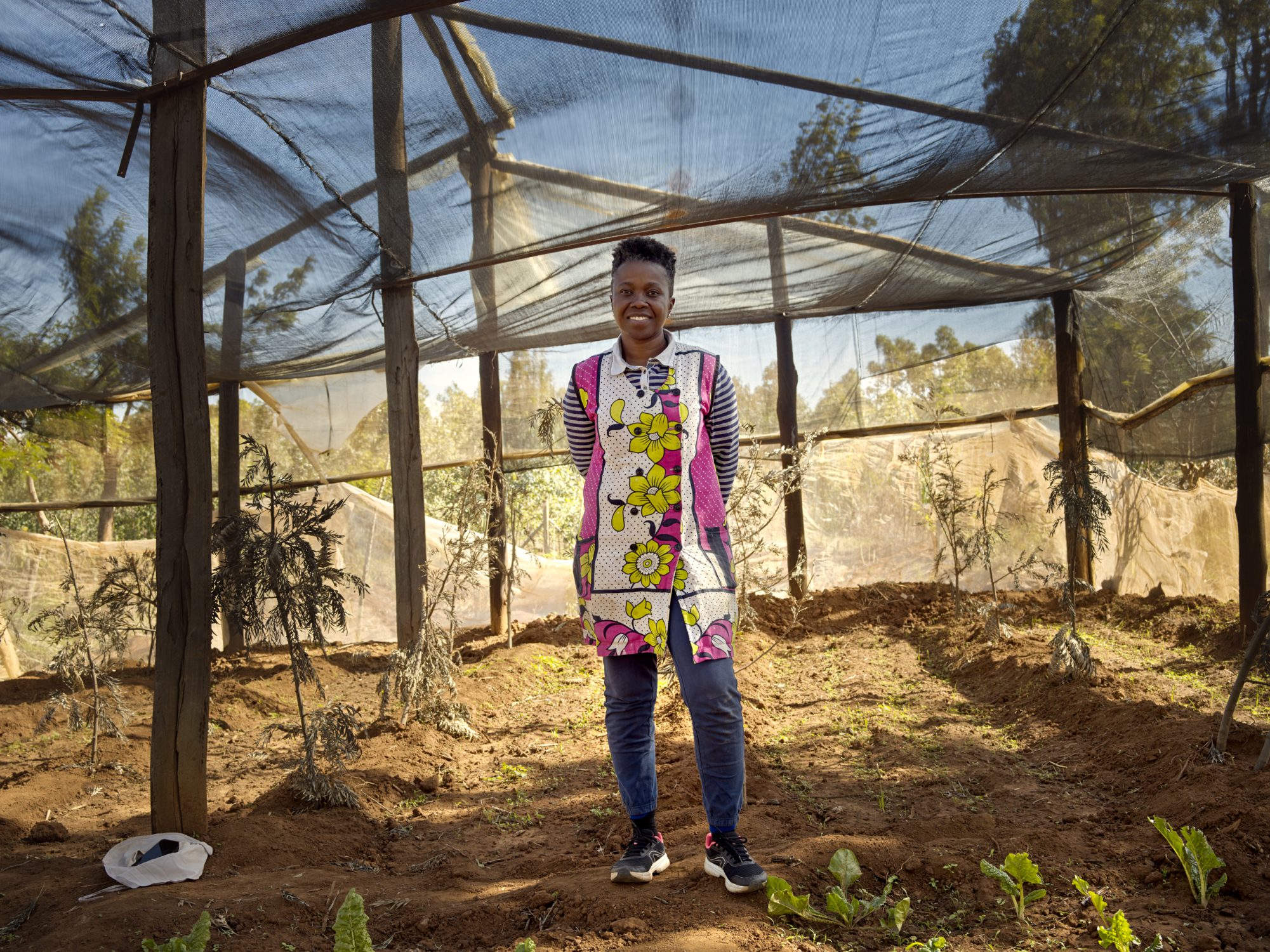
A voice crying in the wilderness
The smile is the same as in the photo we made of her before, but here on her dry land the smile faded two seasons ago. Sylvia often feels like a voice crying in the wilderness, unheard by politicians but also by the aid organizations. She sees a lack of urgency and attention, and of financial resources. Drilling a well wouldn’t just help her farm to flourish, it would help an entire community to find work, an income and food.
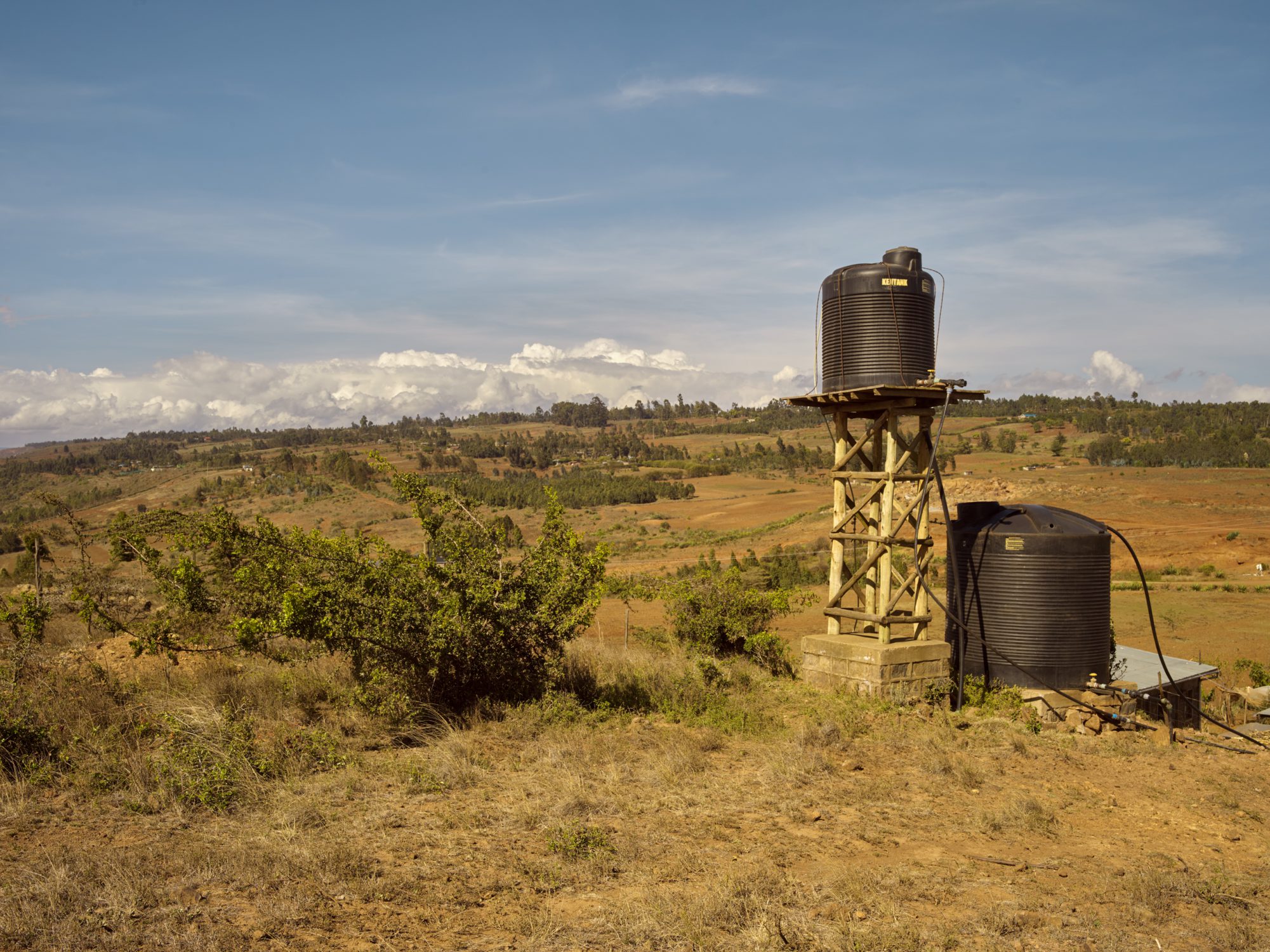
"Like a big drip in an intensive care unit, they keep the plants alive."
Sylvia’s piece of land is at a high altitude, surrounded by mountains, in a very rocky area. Sylvia points out over her land. There are hardly any trees because they’ve all been felled. Trees are needed to retain the water, for biodiversity and for yields. On her own land every drop of water is saved for the cattle and to keep her most precious possessions alive: her plants and her trees.
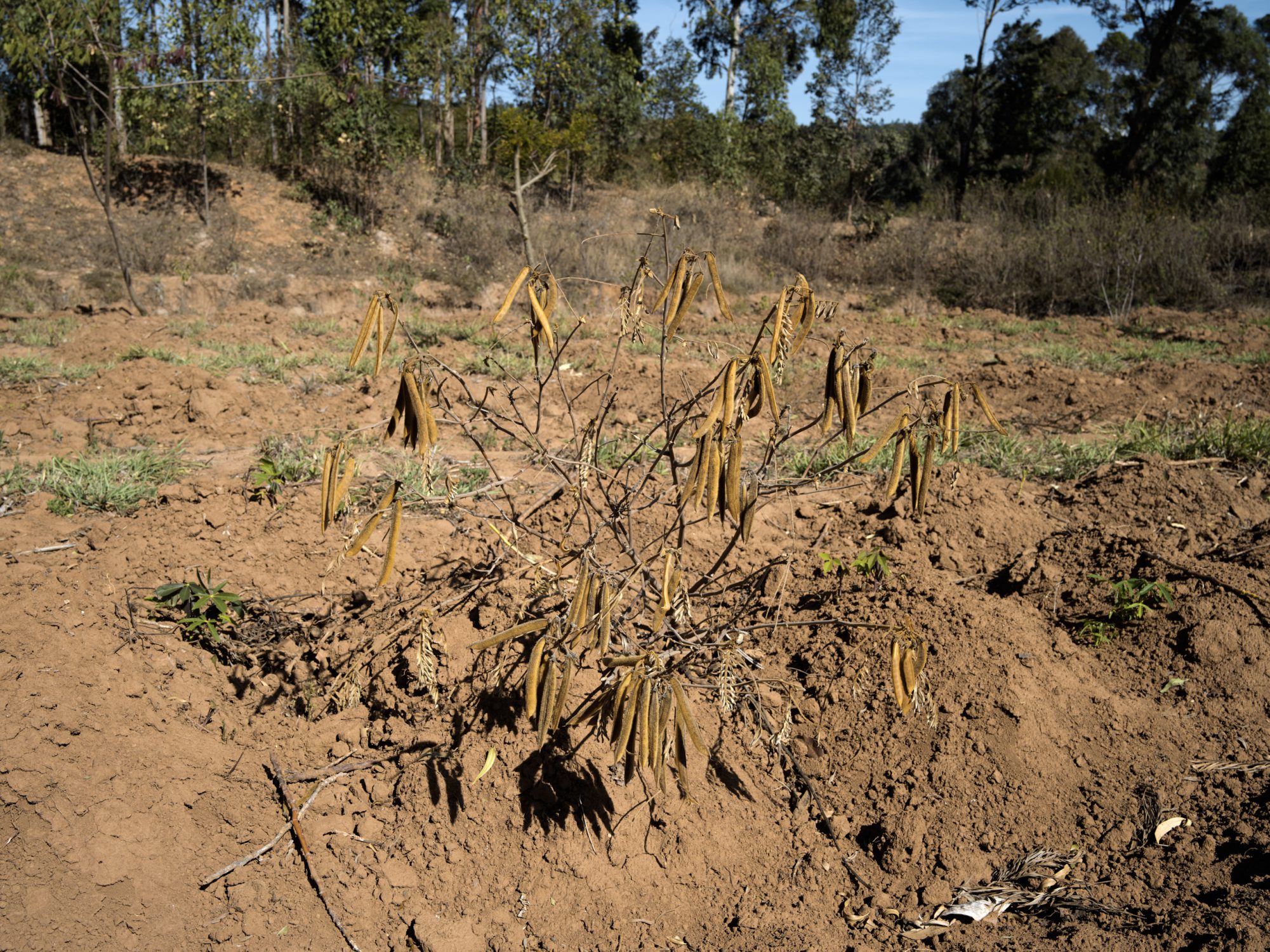
Hold back her tears
Sylvia guides us around the farm. The small greenhouses are empty, as is the large water tank. The smile on Sylvia’s face fades when she sees her crops.
‘One thing I have noticed, though, is that most development partners will set up their projects and interventions in the highlands and in highly productive areas, to ensure wonderful outcomes, great outputs and a positive impact for hundreds of farmers.
Why is there so very little intervention in dry lands? Is it because the chances of success are slim? With more than 90% of farmers depending on rain-fed agriculture, livelihoods are pegged to a hit-and-miss situation.
‘In my experience of working with farmers in semi-arid areas, small interventions give the best results.’
We have selected another two stories that might inspire you.
